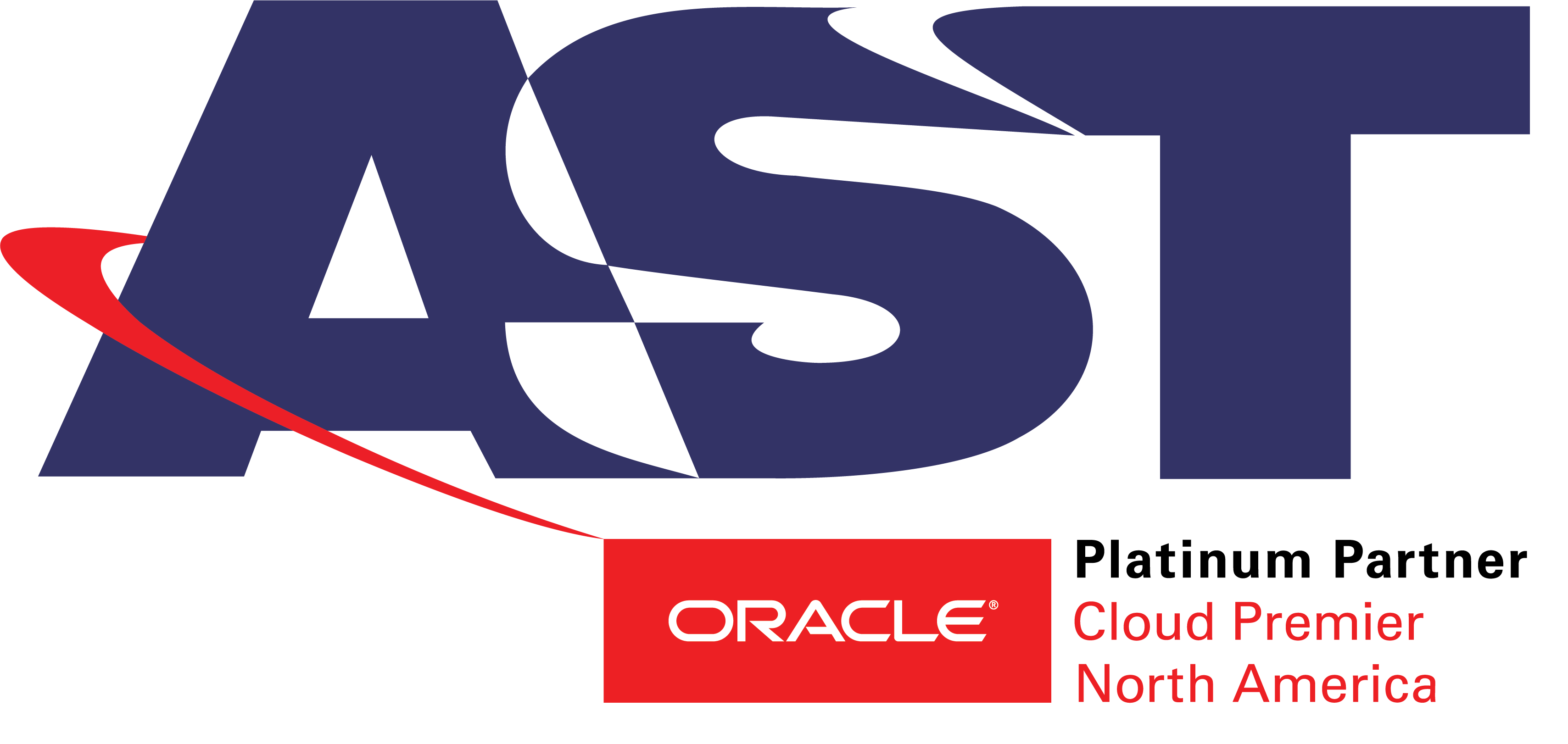Long gone are the days when government agencies could track their finances using only simple spreadsheets. The new digital economy is forcing agencies to evolve and grow. Governments at all levels need tools that can plan, budget and forecast financials across the entire enterprise.
So how do agencies modernize in order to take advantage of these new digital solutions?
That was one of the topics of discussion at our GovLoop Virtual Summit: Tech Trends You Need to Know. During the session “Gov Embraces the Cloud for Improved Financial Performance and Analysis” attendees heard from John Green, Regional Director with AST’s public-sector practice. AST is the go-to systems integrator for Oracle Public Sector.
In his presentation, Green explained how and why agencies should make the move from depending on spreadsheets to drive financial planning to a more intuitive and enterprise approach offered in the cloud.
He kicked off the discussion by describing four factors that impact application adoption in the marketplace. They include the need to meet changing user expectations, painful and costly upgrades, complex IT environments and budget pressures to do more with less.
Particularly in the area of budget and finance, chief financial offers must better align themselves with the technology decision-making happening at the agencies, Green explained. Developing the relationship between IT and finance is critical to improving financial processes in government.
Think about it. Technology is the key enabler that supports so much of the work that government does, whether that’s analyzing budget data to drive funding decisions, or ensuring citizens can access government resources anywhere, anytime and from the devices they prefer.
There are so many capabilities available to us today via Internet-based services, but the reality is many in government are still defaulting to using spreadsheets. Among our virtual audience of federal, state and local government employees, nearly 70 percent still heavily rely on spreadsheets for financial reporting and analysis.
“It is always easier to do what I’ve done every day, than it may be to utilize a new technology,” Green said. But with a heavy reliance on spreadsheets comes the increased risks for errors. Maybe someone forgot to add a row to the spreadsheet or they have issues with the formula throughout the document, which can ultimately affect decision-making. Relying on spreadsheets also limits your agency’s ability to do proper forecasting.
Oftentimes, spreadsheets only make sense to the owner, Green said. “This is not the way to run an enterprise.”
So how do agencies improve?
It starts with defining a strategy that moves your agency away from traditional data-gathering and transactions to a more collaborative, data-driven organization that prioritizes planning.
“In order to do that, we have entered the cloud,” Green said. “We believe cloud technologies are a big piece of this innovation.”
In its simplest form, cloud means that applications, infrastructure and services can be leased or used via a subscription-type model. This means your agency doesn’t have to invest in hardware or other infrastructure. Apps in the cloud can be quickly deployed, they’re easy to use and it many cases they can help agencies lower costs.
Green shared some of the top demands users have when it comes to using any new solutions. The good news is cloud meets those demands.
Easy. People want to be able to get to data quickly, using simple and intuitive interfaces.
Complete. They also want the ability to have all the user capabilities they need in the cloud. For example, they don’t want budgeting solutions in the cloud that don’t support workforce planning or reporting as well. Users want a complete set of functionality that has depth and breadth.
Modern. Mobile technology is important. New applications should leverage mobile technology and enable workflow and data entry. It should also support social collaboration.
Migrating to the cloud for any reason can be a culture shock for those who are used to the status quo, but the benefits of cloud in many cases far outweigh current capabilities. “We want simple, easy, security and cloud provides that,” Green said.

To learn more about 2018 tech trends, check out all of our great content from the GovLoop Virtual Summit:





Great presentation and love this summation – great to hear how deviating from the status quo, in this case technologically, can result in a more data-driven organization.
Still Using Spreadsheets for Budgeting? There’s a Better Way
[…]What do you “see” or think about?[…]